Lathmar Holi is Barsana’s most famous festival, celebrated a few days before the main Holi. In a joyful re-enactment of the ancient Holi games between Radha and Krishna’s villages, women of Barsana “attack” men from Nandgaon with sticks (lath), while the men defend themselves with shields. The streets explode with colors, music, dance, and laughter. Tourists and photographers from around the world flock to capture this one-of-a-kind celebration.
Janmashtami
The birth of Lord Krishna is celebrated with midnight kirtans, temple decorations, and dramatic plays depicting Krishna’s life. While Mathura is the epicenter of Janmashtami, Barsana’s version has a special sweetness, focusing on Radha’s joy at Krishna’s arrival.
Other Festivals
Barsana also celebrates Diwali, Govardhan Puja, and Holi in Braj’s uniquely devotional style, with bhajans, raas leelas, and temple feasts.
How to Reach Barsana
By Air – The closest airport is Agra Airport (about 102 km). For more flight options, Delhi’s Indira Gandhi International Airport is about 150 km away.
By Train – The nearest major railway station is Mathura Junction (about 42 km). From Mathura, buses, taxis, and shared autos are available.
By Road – Barsana is connected by good roads to Mathura, Vrindavan, Agra, and Delhi. State-run buses, private taxis, and tourist coaches operate regularly.
Local travel within Barsana is best done on foot, though auto-rickshaws are available for short distances.
Best Time to Visit
The ideal time to visit Barsana is from October to March, when the weather is cool and pleasant. Visiting during Radhashtami or Lathmar Holi offers the most vibrant cultural experience, though it also means larger crowds. Summers can be hot, while monsoon months bring lush greenery but occasional travel disruptions.
Local Culture and Traditions
Barsana’s culture revolves around Radha’s devotion. Locals greet each other with “Radhe Radhe,” wear traditional Braj attire during festivals, and maintain temple traditions with great reverence. Music is central to life here — from temple bhajans to folk songs sung in courtyards.
Food and Markets
Food in Barsana is simple yet rich in flavor, often sattvic (without onion and garlic). Popular treats include peda, malpua, kachori, poha, and lassi. The small bazaars near the temple steps sell colorful dupattas, brass idols, Radha-Krishna paintings, and traditional jewelry — perfect souvenirs for visitors.
Accommodation for Pilgrims
Barsana offers budget-friendly dharamshalas, guesthouses, and lodges. For more comfortable stays, nearby Vrindavan and Mathura have mid-range and luxury hotels. Festival seasons require early booking as accommodations fill quickly.
Nearby Attractions
- Nandgaon – Krishna’s childhood village, famous for its Nand Bhawan temple.
- Govardhan Hill – Site of the Govardhan Puja, about 30 km away.
- Kusum Sarovar – A picturesque reservoir linked to Radha-Krishna legends.
- Mathura and Vrindavan – Major pilgrimage towns with dozens of temples and ghats.
Travel Tips
- Wear modest, comfortable clothing, especially if visiting temples.
- Carry water and light snacks, as queues during festivals can be long.
- Be mindful of photography rules inside temple premises.
- Arrive early during festivals to find a good spot for viewing rituals.
Conclusion – A Journey into Divine Love
Visiting Barsana Radha Rani Temple is not just about seeing a place — it’s about experiencing the living heartbeat of Braj. From the soft chants of “Radhe Radhe” to the joyful chaos of Lathmar Holi, from the quiet darshan at dawn to the golden sunsets over the hills, every moment here pulls you closer to the essence of divine love. Whether you arrive as a pilgrim or as a traveler, Barsana leaves you transformed, carrying home a piece of Radha’s grace.






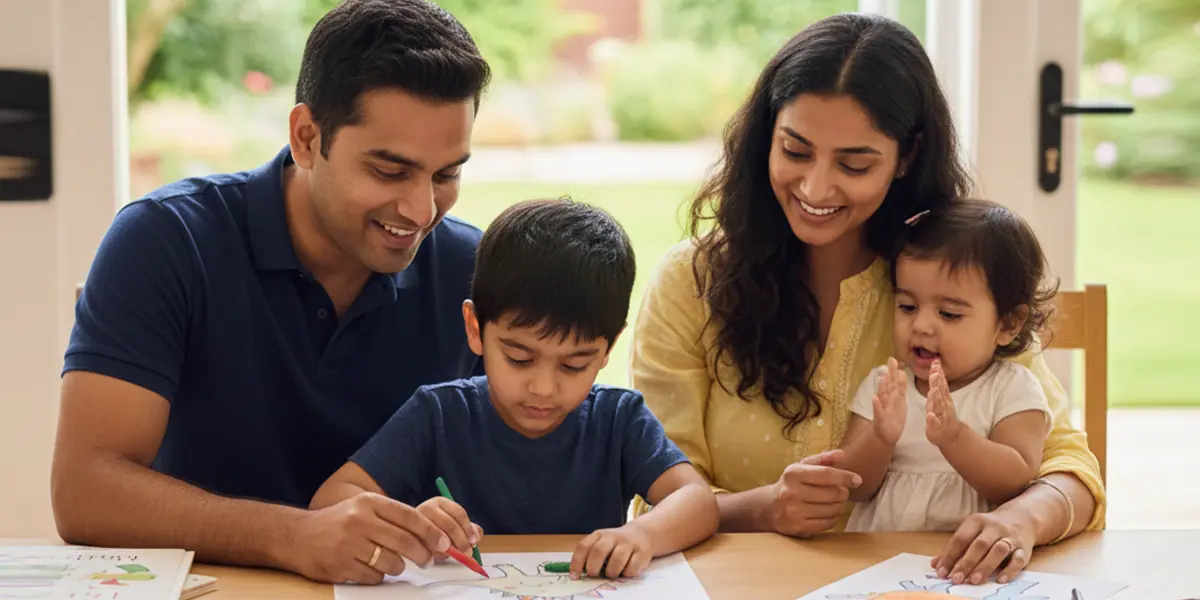





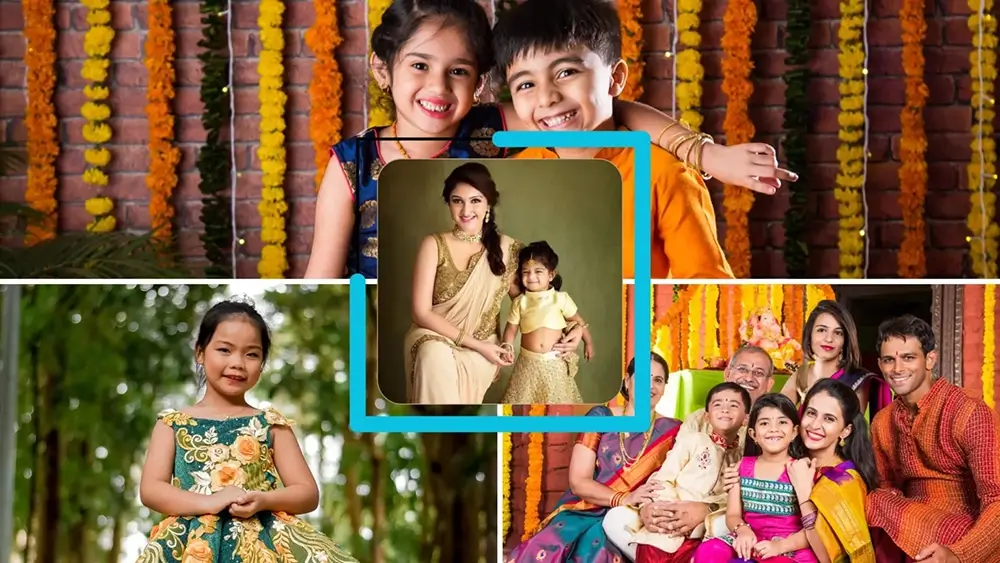



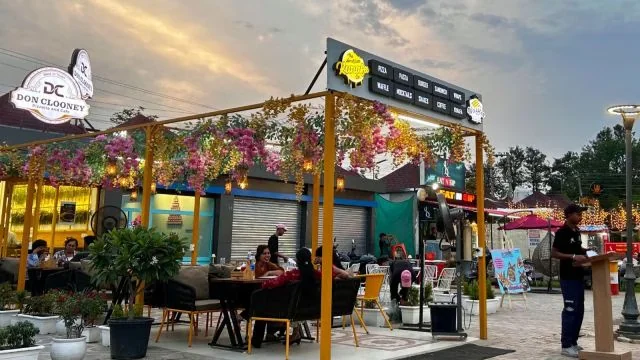




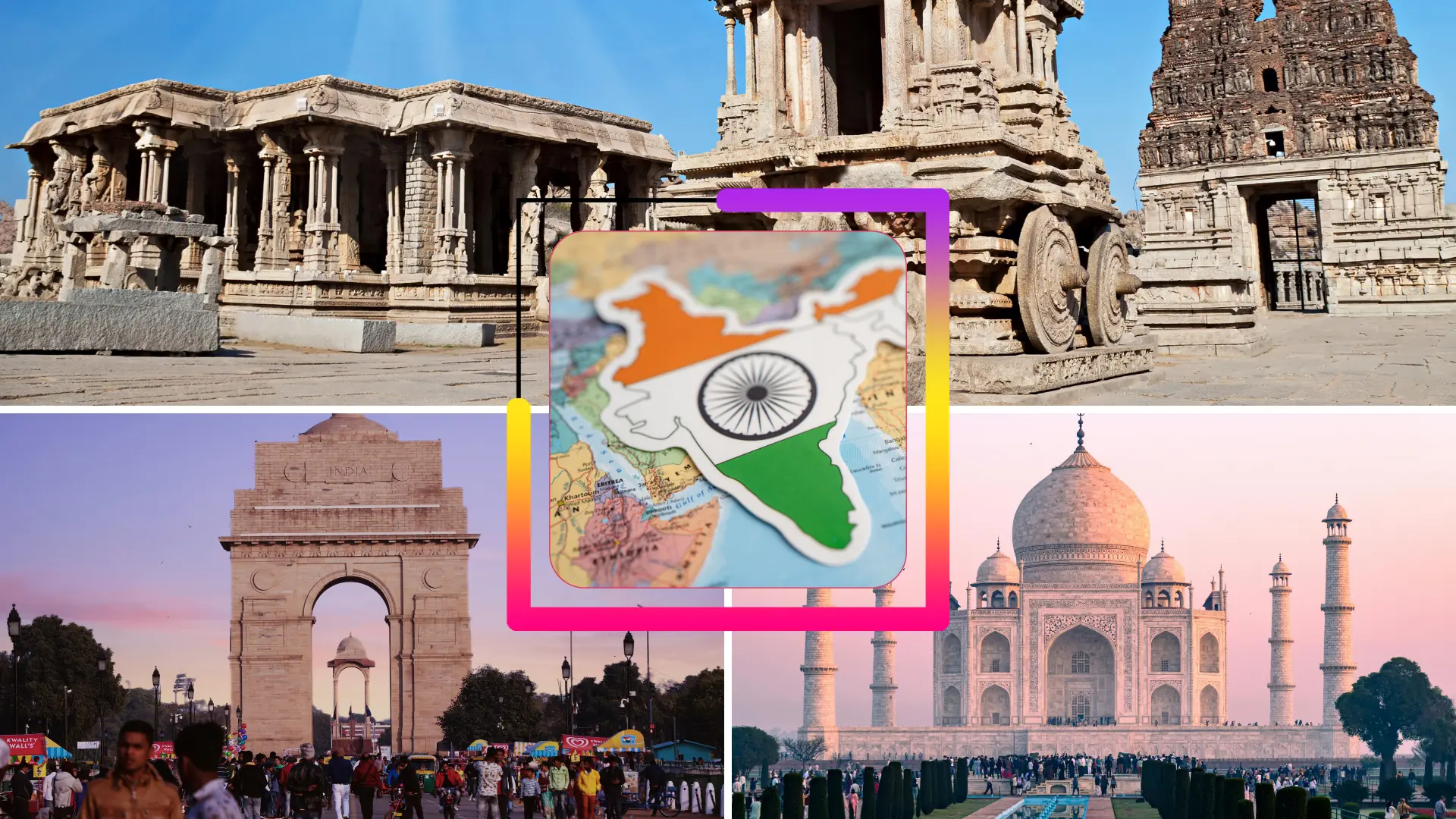










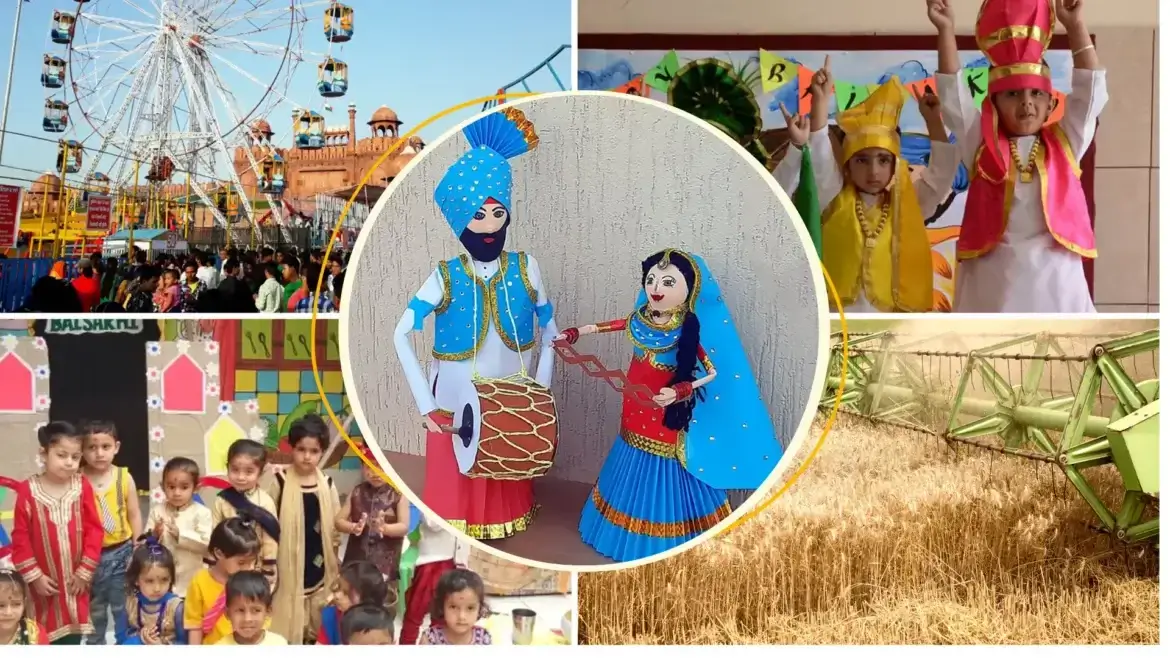


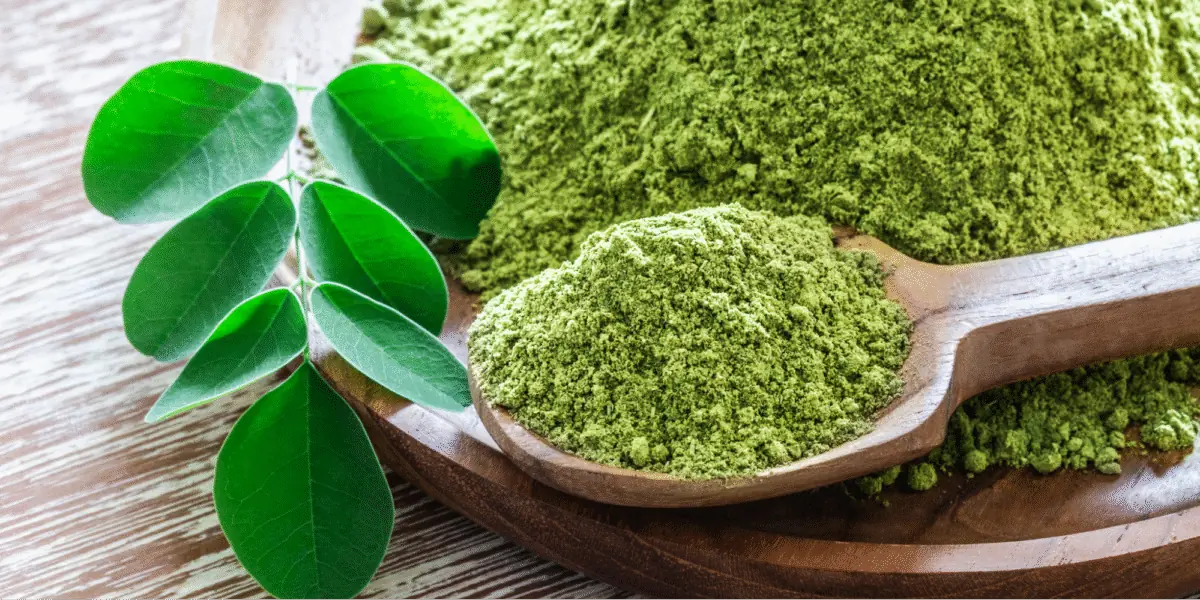





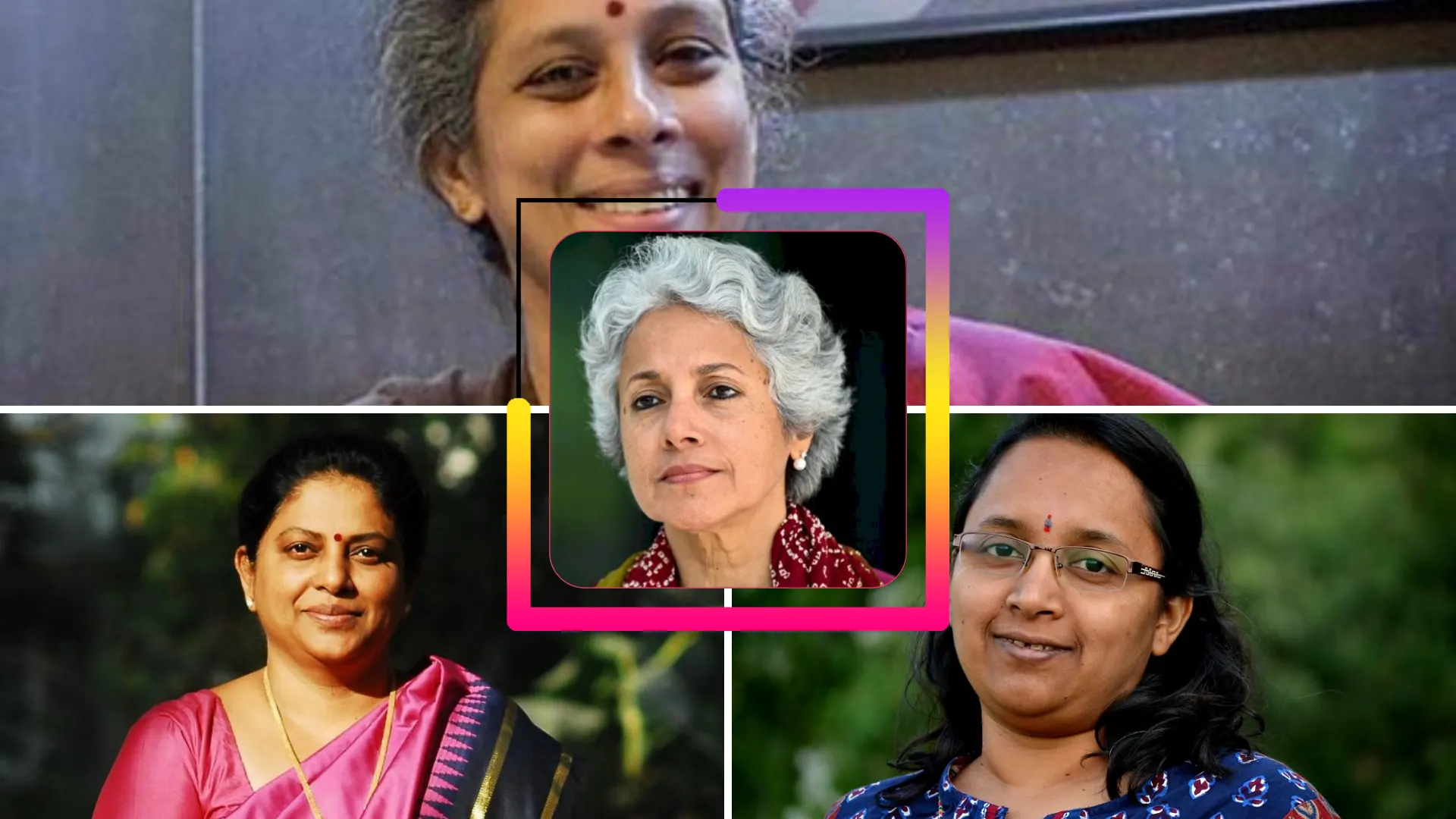
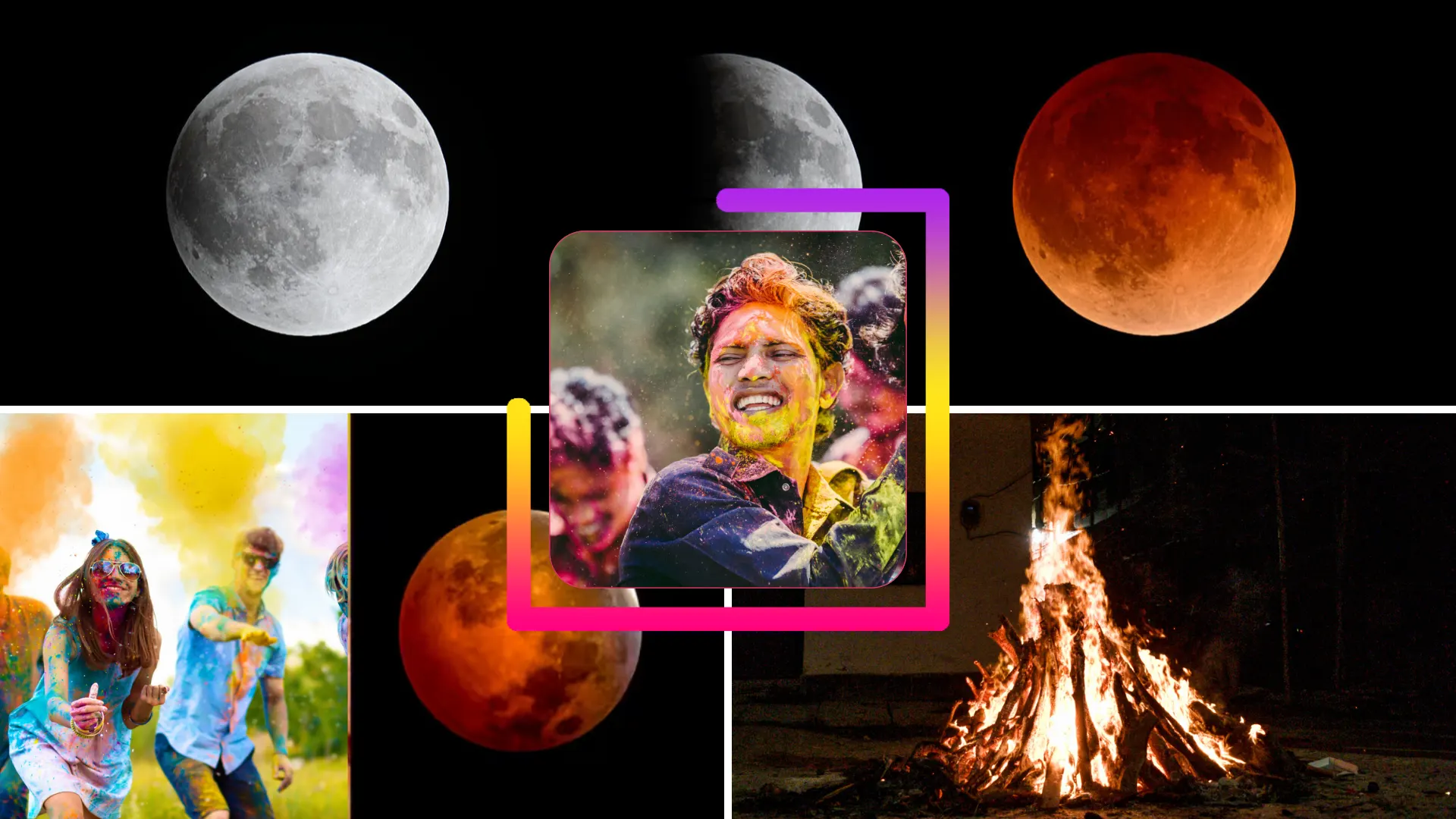
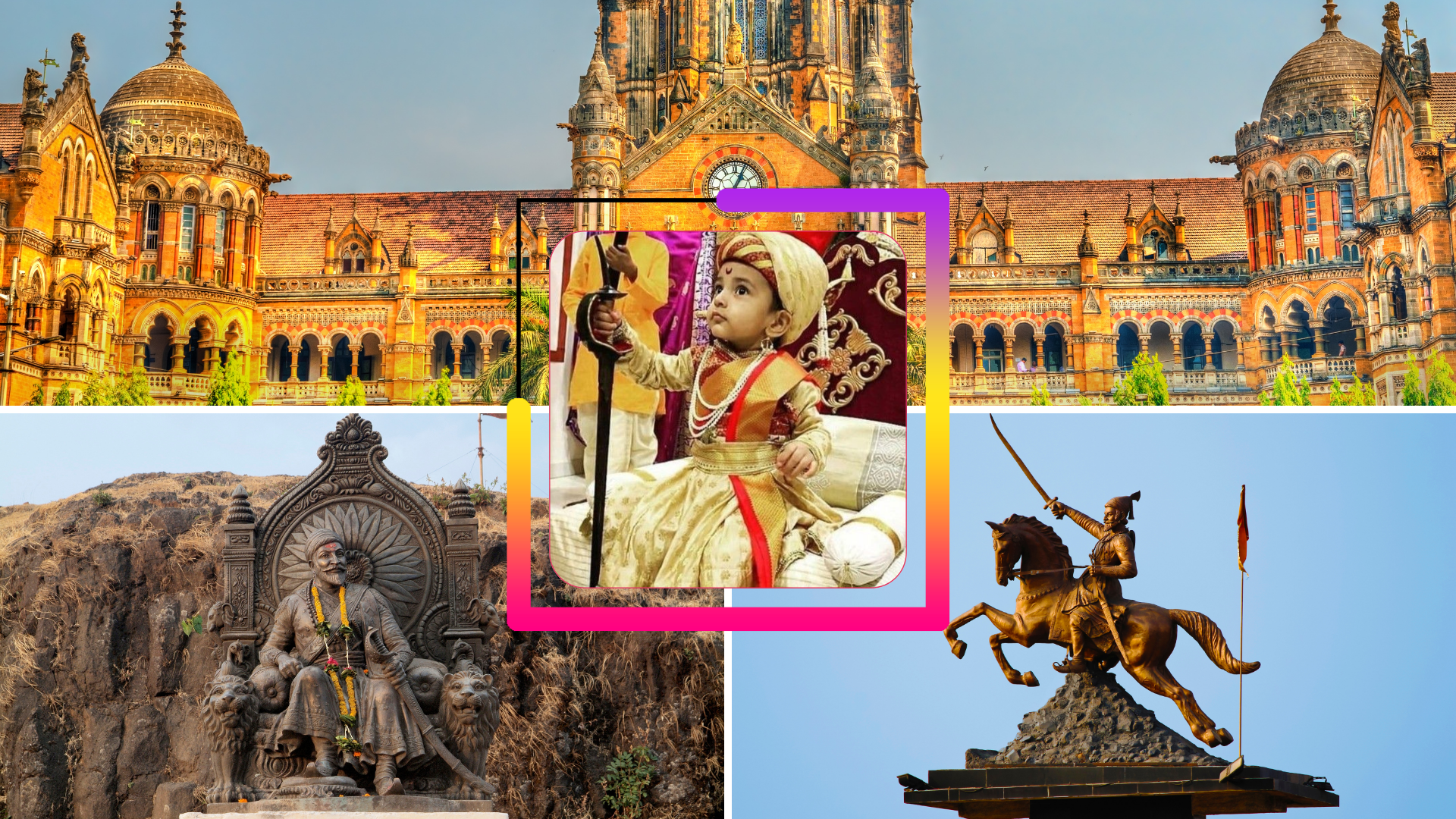


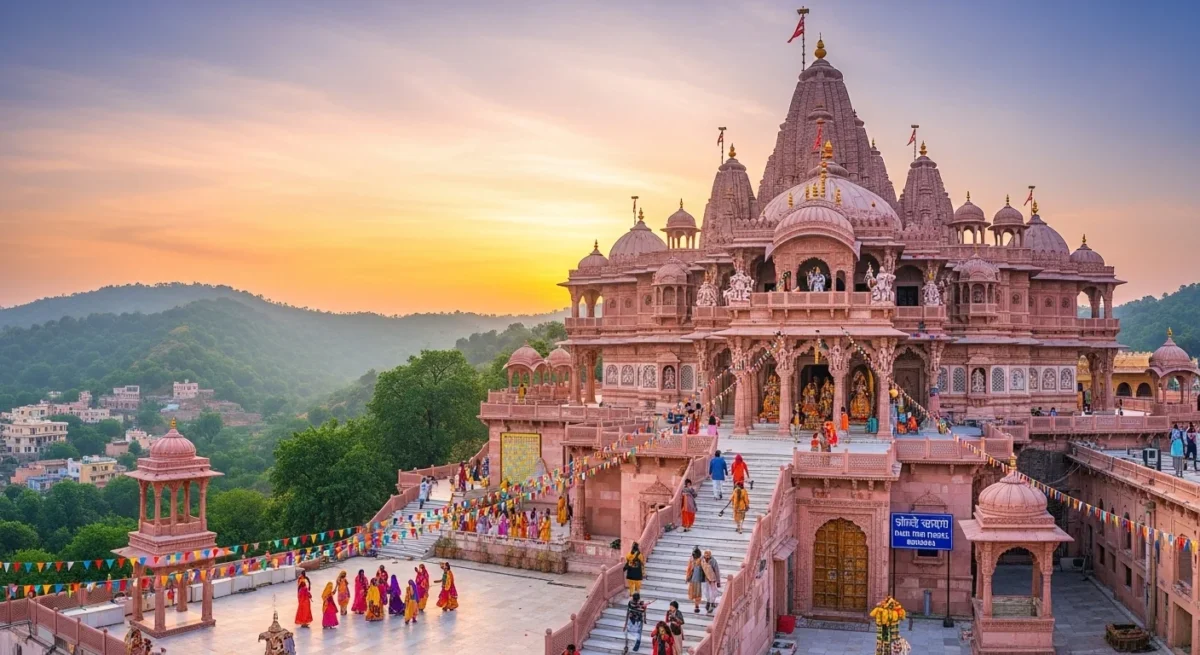
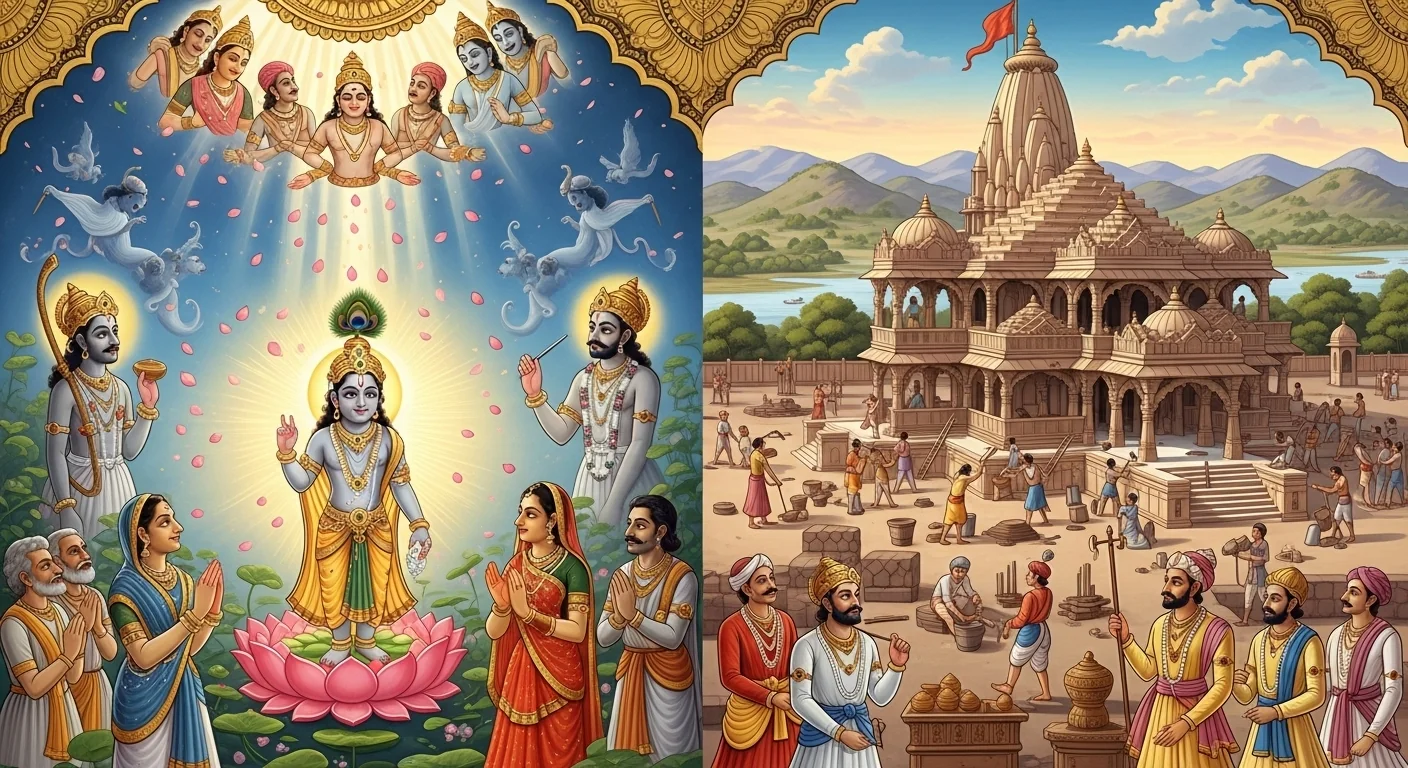
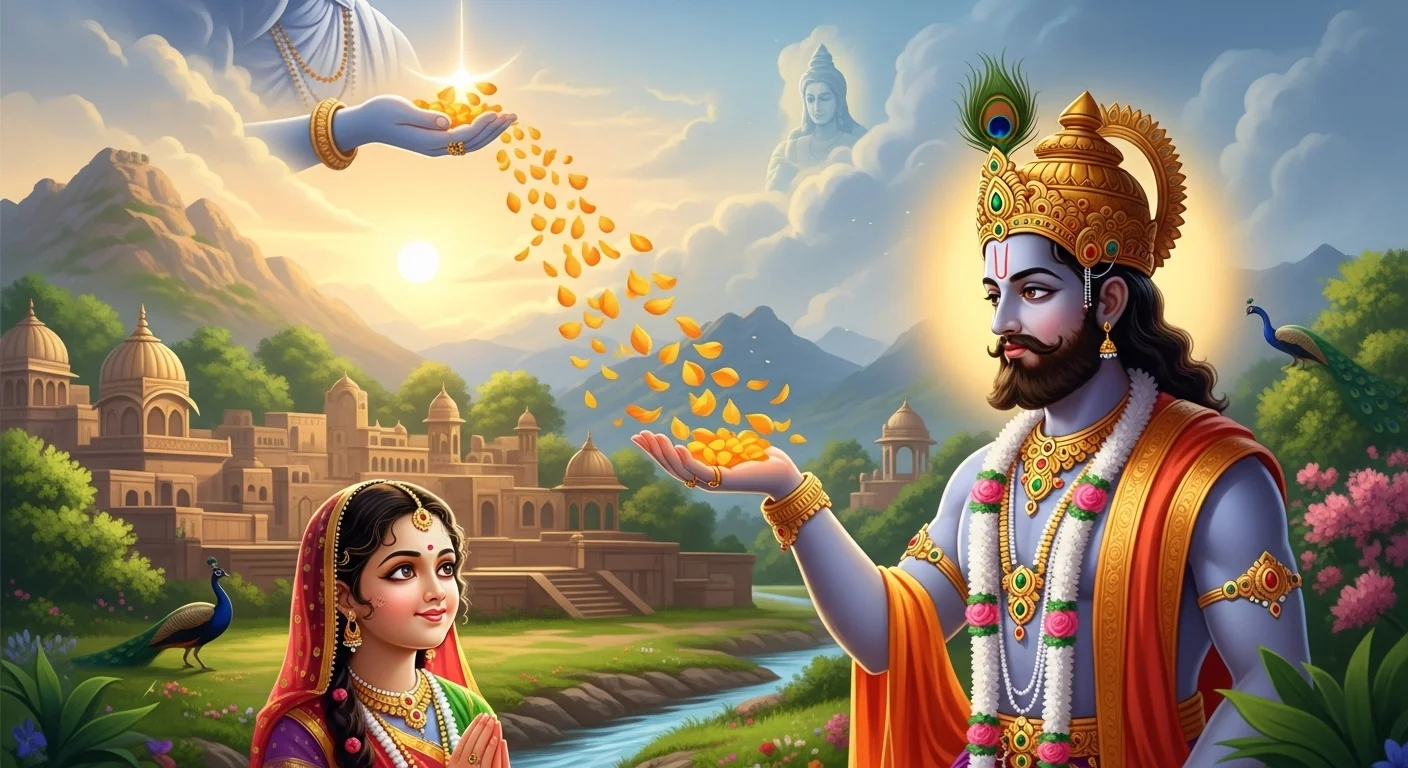
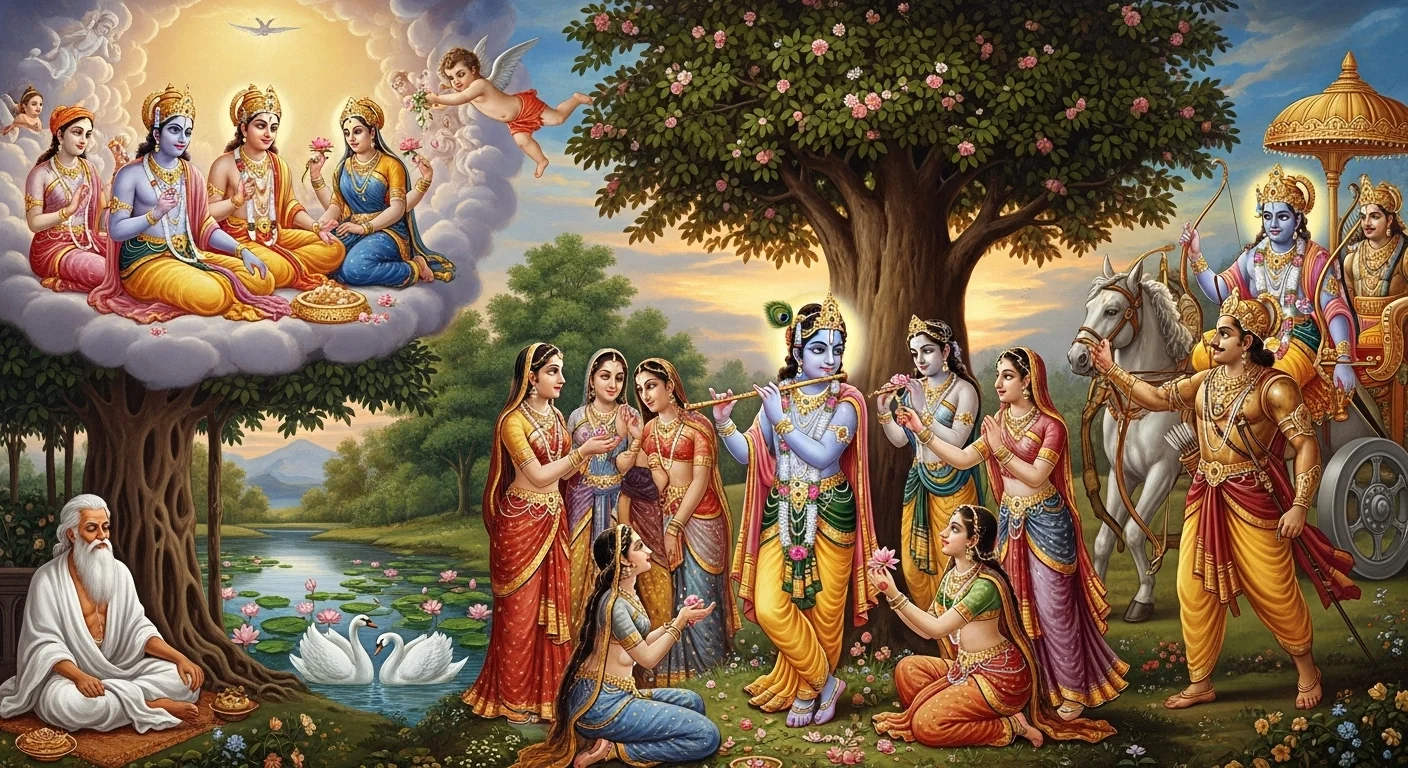
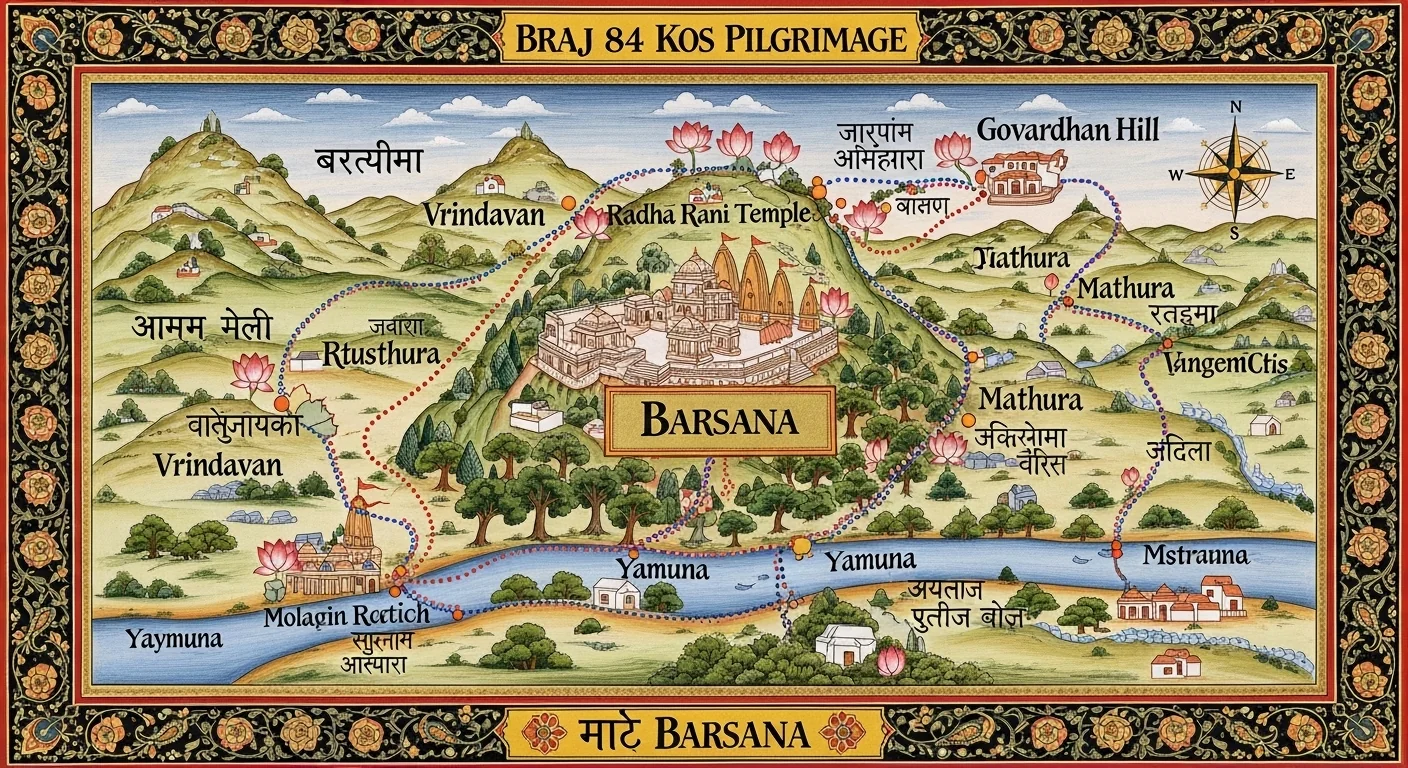
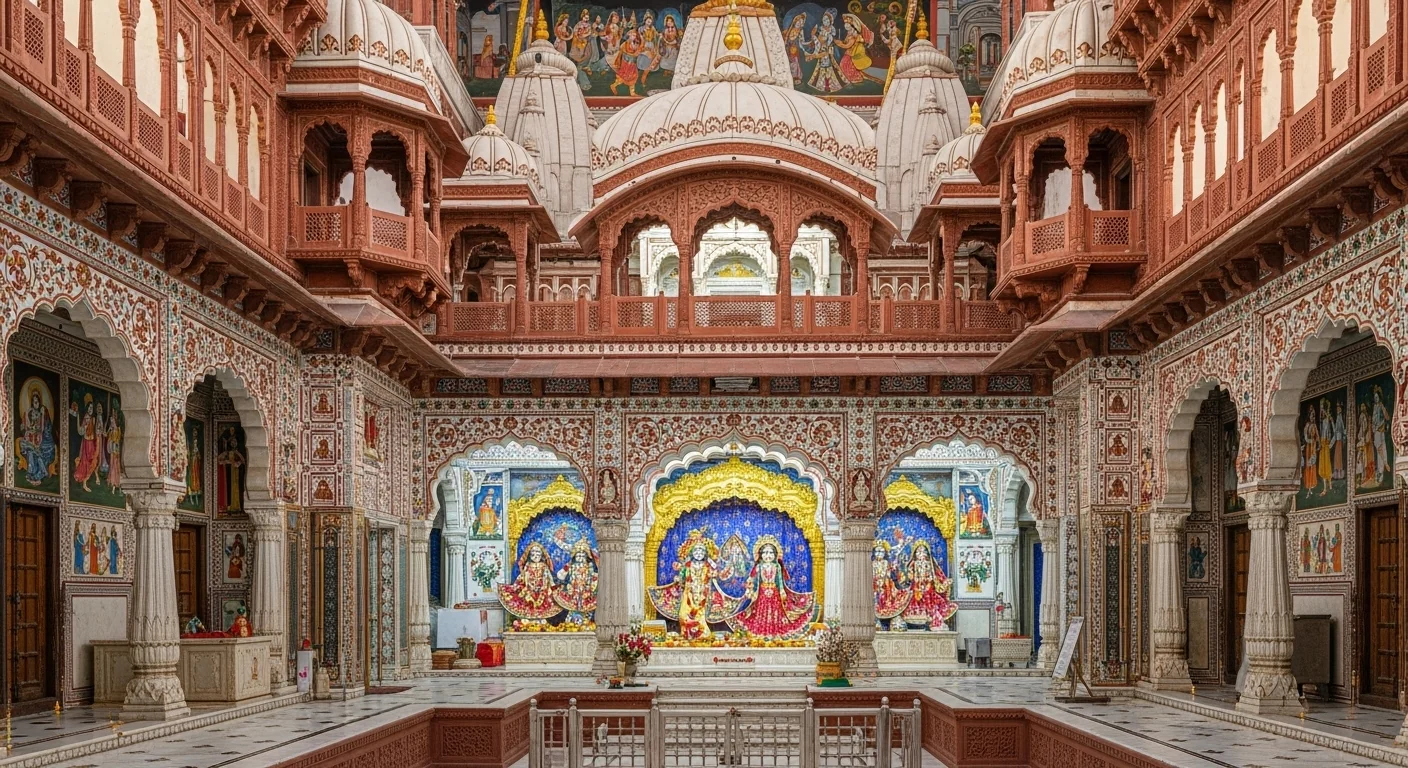
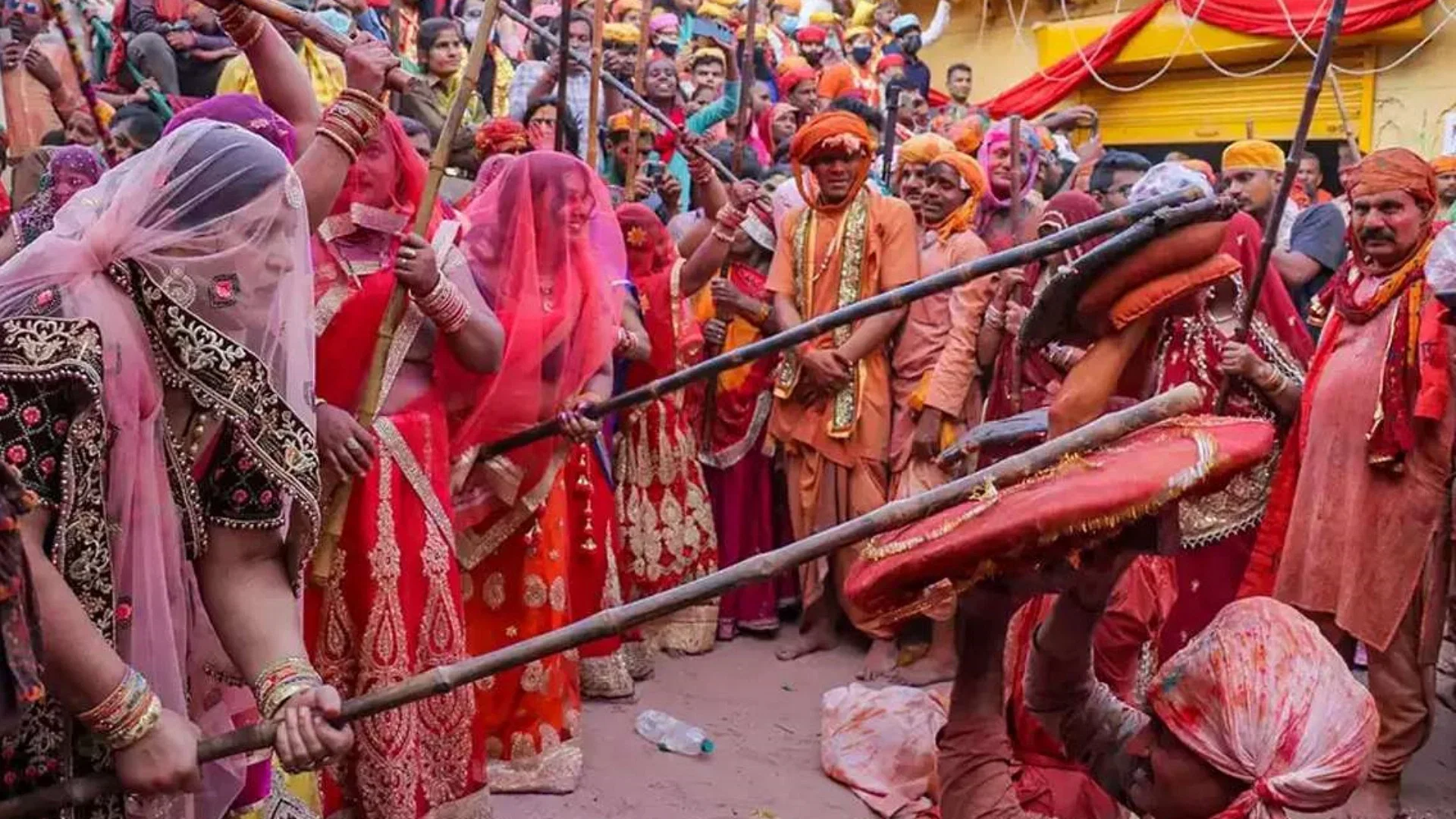
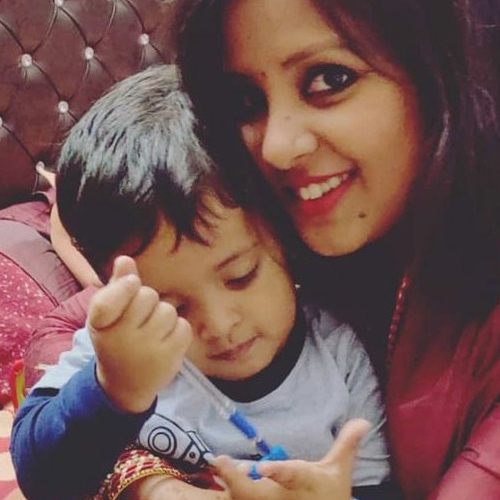
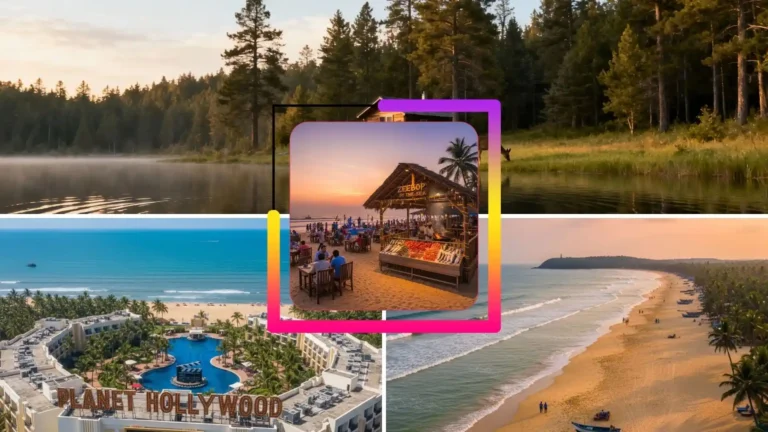
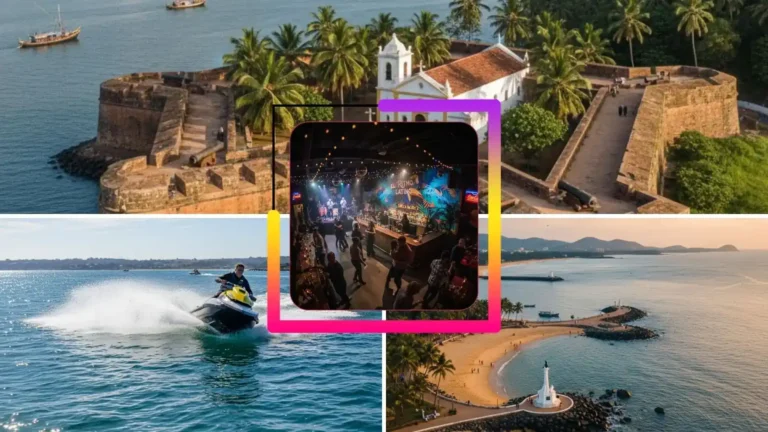
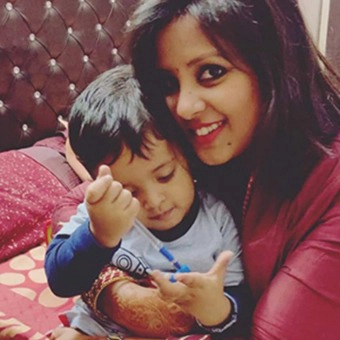

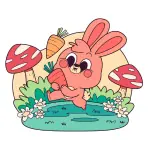

Leave a Comment